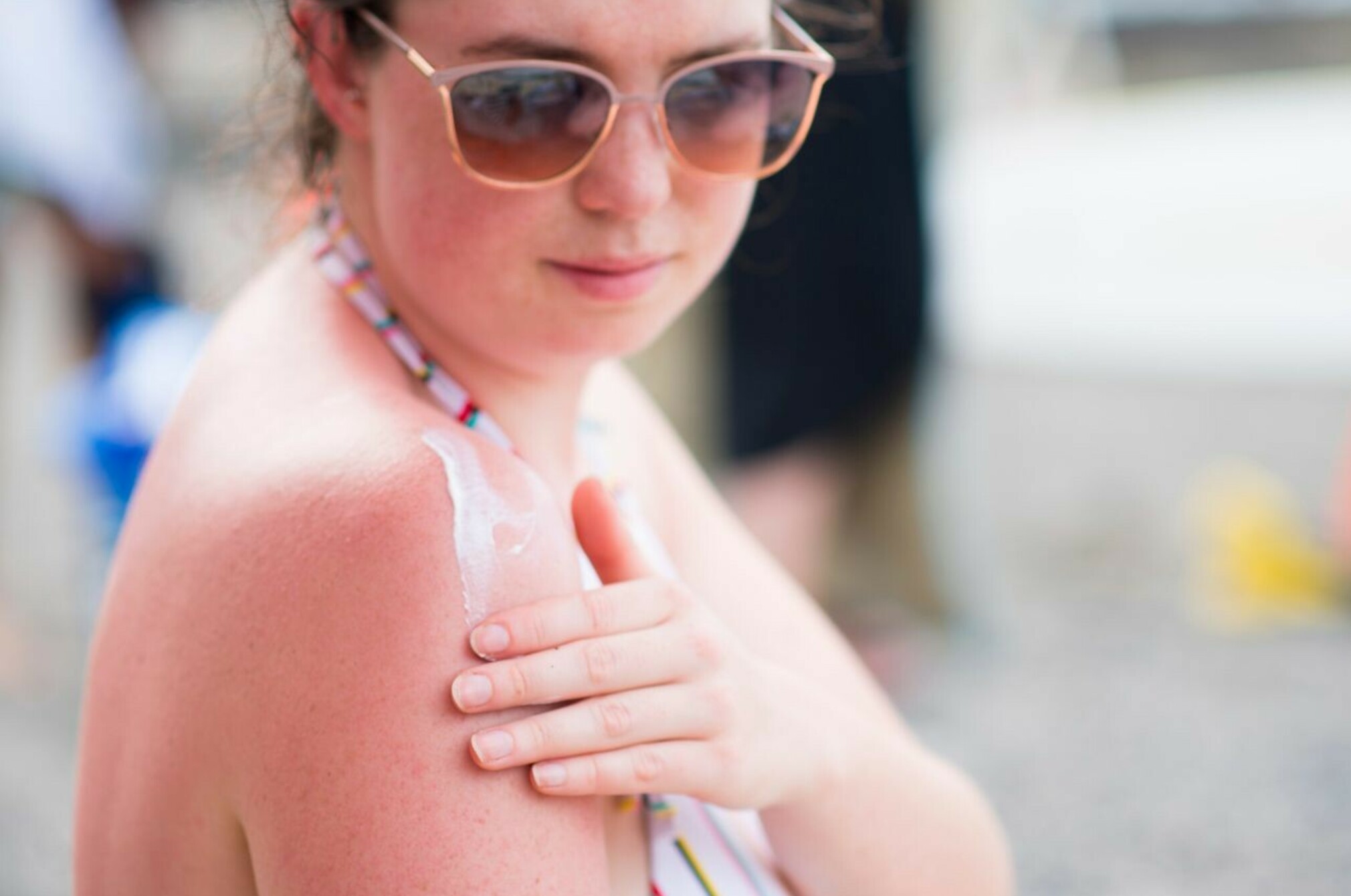New strategy launched to tackle high skin cancer rates
In 2025, the cost of skin cancer in New Zealand was estimated at more than $494 million. A new prevention and early detection strategy has been launched to tackle the high rates and costs.

Skin cancer is the most common cancer affecting New Zealanders – eight out of every ten cancers diagnosed in New Zealand are skin cancers. UV radiation from the sun or sunbeds causes 90% of all skin cancer, which means skin cancer is largely preventable. However, when it comes to sun protection laws New Zealanders are not well covered.
This week, the Skin Cancer Prevention and Early Detection Strategy 2024–2028 was launched. Developed by the Melanoma Network of New Zealand (MelNet) in collaboration with skin cancer experts and stakeholders (including Consumer NZ) the strategy outlines 12 key recommendations to strengthen prevention and early detection efforts.
According to MelNet’s chief executive Katrina Patterson, the launch is a pivotal moment for New Zealand.
“This strategy outlines a clear, unified approach to tackle the significant health crisis we face. With eight out of ten cancers diagnosed as skin cancer and the highest melanoma death rate in the world, this is a crisis that’s preventable – but only if we act now.”
Ms Patterson said the evidence is compelling and investing in prevention and early detection will save lives and healthcare costs.
“By 2050, we have the potential to prevent nearly 418,000 skin cancers, save 1,940 lives, and avoid nearly $700 million in treatment costs.”
For many years, Consumer NZ has been raising concerns about the lack of adequate regulation of sunbeds, sunscreens, and other sun-protection products, such as sunglasses and sun-protective clothing, so we’re pleased the strategy addresses some of these issues.
Consumer health spokesperson Belinda Castles said the strategy’s recommendations regarding sun-protection products are consistent with what Consumer NZ has been advocating for over many years.
“We’ve been campaigning for sunscreens to be regulated as a therapeutic product – a call backed by numerous health agencies including the New Zealand Dermatological Society, the Cancer Society, and Melanoma New Zealand. Consumers also agree, with 57% of people in our 2023 Sun Smart Survey wanting sunscreens regulated as a therapeutic product (19% were unsure).”
Castles said the organisation also supports mandatory regulation of sun-protection products, including sunglasses, sun-protection clothing and shade shelters, as well as the recommended ban on sunbeds.
“Sunbeds are already banned in Australia, which has similarly high rates of skin cancer. The Australian ban has been effective with approximately 4% of melanoma and 4% of non-melanoma skin cancers expected to be averted.”
Since 2017, it’s been illegal under the Health Act 1956 for sunbed operators to allow people aged under-18 years to use a sunbed. Auckland and Wairarapa councils have also implemented a bylaw requiring sunbed operators to be licensed and to comply with minimum standards outlined in the Australia New Zealand sunscreen standard.
But for the rest of the country, it’s not compulsory to comply with the sunbed standard, although Health NZ Te Whatu Ora advises sunbed operators they should comply.
“We’ve been mystery shopping sunbed operators for years. Each time, we find the lack of regulation and some operators’ failure to adhere to the voluntary standard means consumers don’t have sufficient protection,” said Castles.
Consumer’s sun protection hub has information about staying safe in the sun, including its sunscreens database and sun protection product test results.
We've tested 169 sunscreens.
Find the right one for you.
Aloe Up

Aloe Up

Aloe Up


Member comments
Get access to comment